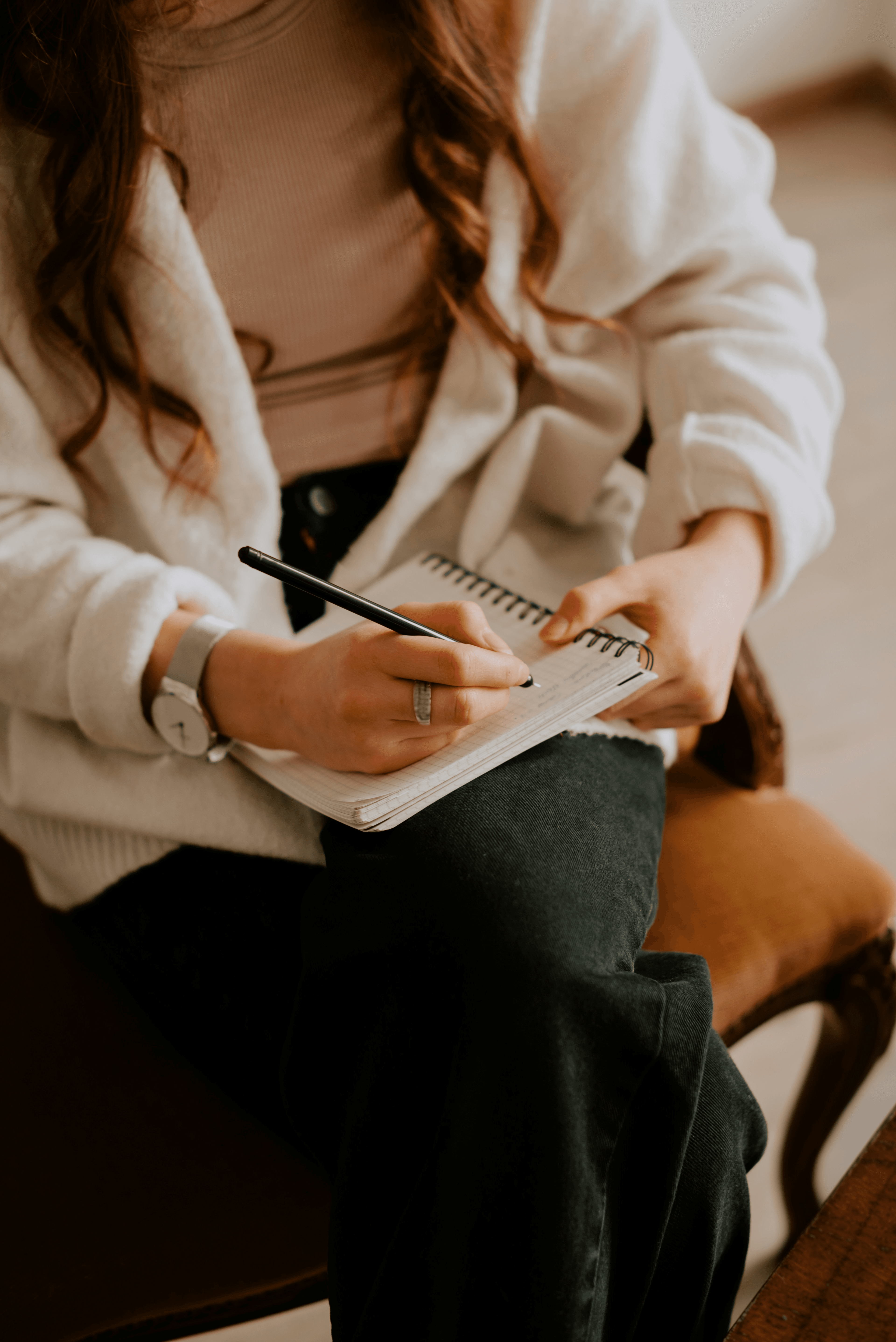Taking the first step
How Can I Help?

Life Throws A Lot At Us
Therapy can be a place to hit pause, make sense of what’s happening, and build the tools you need to move forward. Here’s how I typically support folks in some of the areas I work with:
Specialties:
Anxiety
Eating Disorders
Depression
Trauma + PTSD
Relationship Issues
Immigration
Concerns:
Chronic Illness
Life Transitions
Self Esteem
Stress
Suicidal Ideation
Womans Issues
Multicultural Stressors
Body Image Concerns
Perfectionism
Mood Disorders
Which Approach Is Right for Me?
My approach is rooted in empathy, respect, and evidence-based practice. I believe in the importance of building a strong therapeutic relationship based on trust, respect, and collaboration.
Individual Therapy
Acceptance and Commitment Therapy (ACT)
Helps you build flexibility by noticing and accepting difficult thoughts and feelings while staying connected to what matters most in your life.ACT helps you get unstuck from the cycle of struggling with your thoughts and feelings. Instead of fighting them, you’ll learn ways to acknowledge them with compassion while staying connected to what matters most to you. The goal isn’t to “get rid of” hard feelings, but to live a richer, more meaningful life alongside them.
Cognitive Behavioral Therapy (CBT)
Looks at the connection between your thoughts, feelings, and behaviors, and helps you shift unhelpful patterns into healthier ones. CBT looks at the connection between your thoughts, feelings, and behaviors. Sometimes the stories we tell ourselves can feel so automatic that we don’t even notice how much they’re impacting us. Together, we’ll work on recognizing unhelpful patterns and practicing new ways of thinking and responding that support your growth and well-being.
Dialectical Behavior Therapy (DBT)
Offers practical skills for managing big emotions, navigating relationships, and staying grounded during stress.DBT is especially helpful when emotions feel really big or overwhelming. You’ll learn practical skills for staying grounded in the moment, handling stress without shutting down or lashing out, and navigating relationships more effectively. It’s a balance of accepting yourself as you are while also building the tools to create change.
Eye Movement Desensitization and Reprocessing (EMDR)
Supports healing from trauma by helping the brain reprocess distressing memories so they feel less overwhelming. Trauma can leave the body and mind feeling “stuck.” EMDR uses gentle eye movements or other forms of bilateral stimulation to help your brain reprocess painful memories so they no longer feel as raw or overwhelming. Many clients find EMDR helps them move forward with a sense of relief and greater peace.
Internal Family Systems (IFS)
Helps you connect compassionately with different “parts” of yourself (like the inner critic or protector) so you can live more from your authentic, centered Self. IFS is a gentle, empowering approach that sees you as made up of many different “parts” (like the self-critical part, the protector, or the vulnerable child part). Instead of pushing parts of yourself away, IFS helps you build compassion and curiosity toward them. With practice, you can lead your life from your most grounded, authentic Self, while healing wounded parts along the way.
Couples Therapy
Gottman Method
Focuses on improving communication, rebuilding trust, and deepening connection by strengthening the friendship and partnership at the heart of your relationship. Relationships take work, and even the strongest couples can feel disconnected at times. The Gottman Method gives us tools to strengthen your friendship, improve communication, and manage conflict in healthier ways. We’ll focus on what helps you feel seen and supported by your partner, so you can rebuild trust, connection, and joy together.
Family Therapy
Family Systems Therapy
Views the family as an interconnected system. By improving communication and understanding roles and patterns, families can create healthier and more supportive dynamics. Families are like ecosystems when one part shifts, it affects everyone else. This approach helps families and loved ones understand each other’s roles, patterns, and needs so that communication can improve and relationships can feel more supportive. It’s especially useful for navigating transitions, parenting challenges, or intergenerational dynamics.
My Philosophy
I believe that some of the most meaningful growth and self-awareness come during life’s hardest and most uncomfortable moments. Yet these same experiences can leave us feeling isolated, hopeless, or even questioning our worth. At Guided Growth Therapy, I want you to know you don’t have to go through that alone. The way we cope and the people we have beside us can shape our healing in powerful ways. My role is to walk alongside you and provide a safe, supportive space where you feel guided in your process of growth so you can move forward with clarity, strength, and hope.